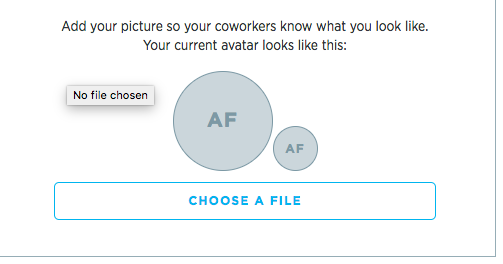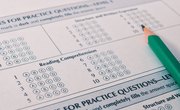One of the most popular and enduring structures for the examination of knowledge is the multiple-choice test. Used in everything from standardized academic tests to driver's tests, the structure is familiar to almost everyone who has gone through the United States education system at some point or another.
What Is a Multiple-Choice Test?
The general instructions for a multiple-choice test are for the test taker to look at the options presented as the answers to a question and select the one that he believes is the best fit. Rather than giving an open-ended question that could result in any sort of answer, the multiple-choice format allows test takers to choose from predetermined choices, one of which is the correct answer. This test is popular with test takers because it narrows down the field of available answers. It also gives the opportunity for context clues that can help the test taker arrive at the correct answer.
While multiple-choice tests are popular to take, they are not as popular to write. Writing strong multiple-choice test items is challenging. Teachers don't want too many test items to rely on memorized information. At the same time, there isn't space on the test for the test taker to get into a long discussion or essay answer that would demonstrate his application of the knowledge.
Directions for multiple-choice tests are pretty clear. Multiple-choice exams should offer choices that are plausible answers but that represent common mistakes that students make. This forces students to think critically about what is being asked of them.
How to Write General Instructions for Multiple-Choice Questions
It's easy to search for a multiple-choice exam sample. The key to writing a successful multiple-choice test item is clarity. Keep the "stem" of the question short. The stem of the question is the part that prompts students to look at the available choices and make a selection. Writers of tests should avoid glutting this section with excess information and instead make sure to keep things clear so the student knows exactly what question she is answering.
Be sure to encourage students to select the best answer rather than the correct answer. Do not give too many options in terms of the choices students have. Research has demonstrated that three choices is similar to four choices in terms of what helps students figure out the right answer. Four is the most common number of options, but researchers caution teachers that they should never give more than five choices.
Directions for multiple-choice tests should encourage students to begin by going through the test once and quickly answering any questions that they know right away and feel confident in answering. Next, they should go back and spend extra time on any questions about which they are unsure and try to answer them. Finally, students should spend the last bit of their time guessing on questions about which they are fully unsure. With only four choices, and with one choice usually being obviously incorrect, students have between a 25 and 33 percent chance of getting the question right if they guess.
Keys to Writing Multiple-Choice Tests
Instructors should always be clear when writing multiple-choice tests. When writing the test, be sure that you aren't giving any extraneous information that does not serve the student. Extra information can confuse the student, and reading it takes up valuable test-taking time. Be sure that you are emphasizing advanced thinking. Write questions that force students to apply the knowledge on which they are being tested and not simply regurgitate it.
When writing possible answers to the questions, be sure that you keep the length of the options similar. Disparate lengths can cause confusion. Make sure that you supply only one correct answer. You want students to have to apply their knowledge and thinking without needing to spend time fretting over two equally plausible choices. Finally, never use "none of the above" as an answer option. You'll never be able to assess whether your student knows the precise answer.
Related Articles
References
Tips
- State any additional rules for test taking in a place other than the testing header, such as no talking or cheating.
Writer Bio
Ashley Friedman is a freelance writer with experience writing about education for a variety of organizations and educational institutions as well as online media sites. She has written for Pearson Education, The University of Miami, The New York City Teaching Fellows, New Visions for Public Schools, and a number of independent secondary schools. She lives in Los Angeles.











